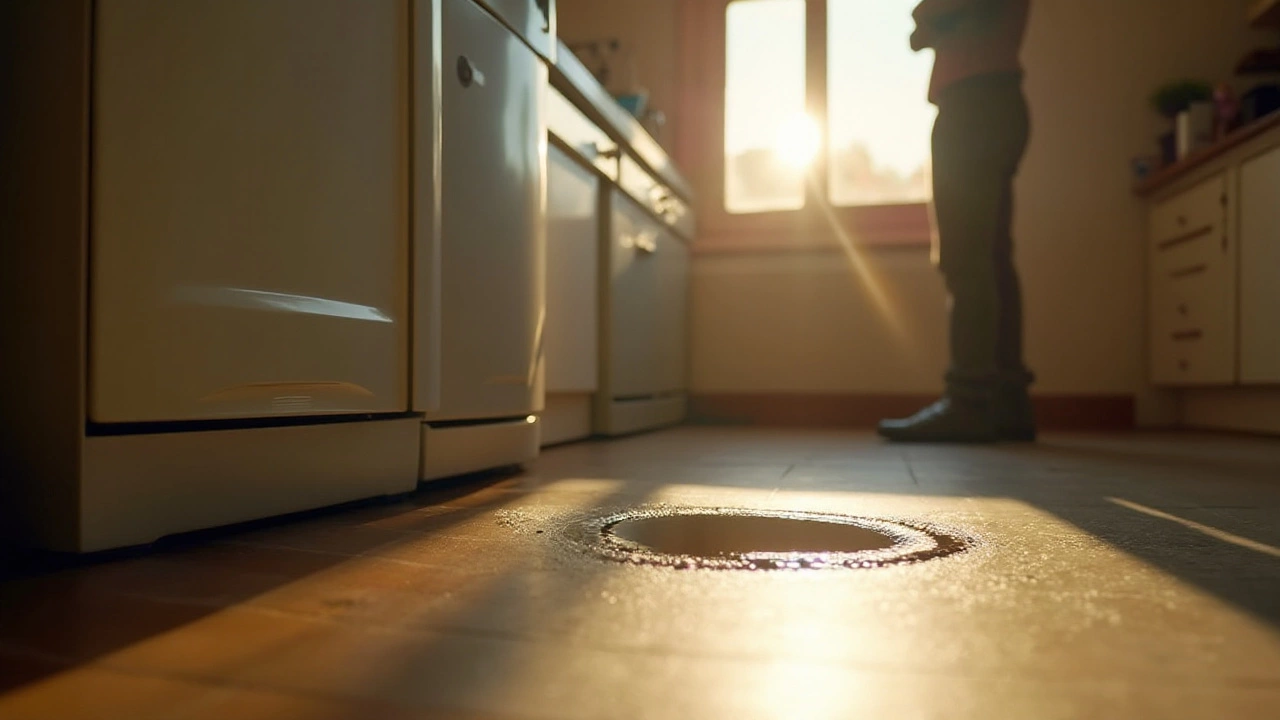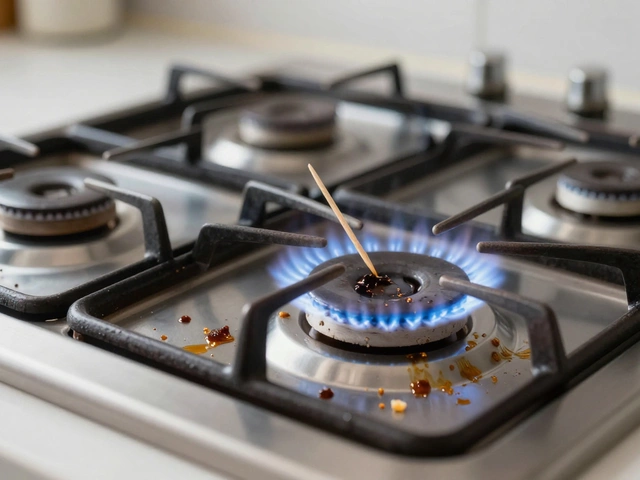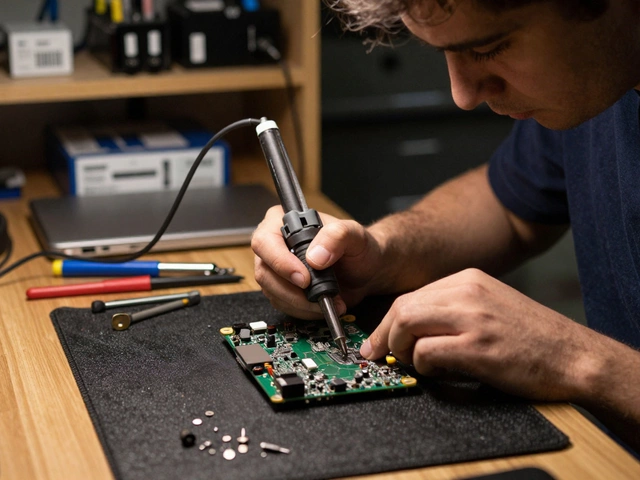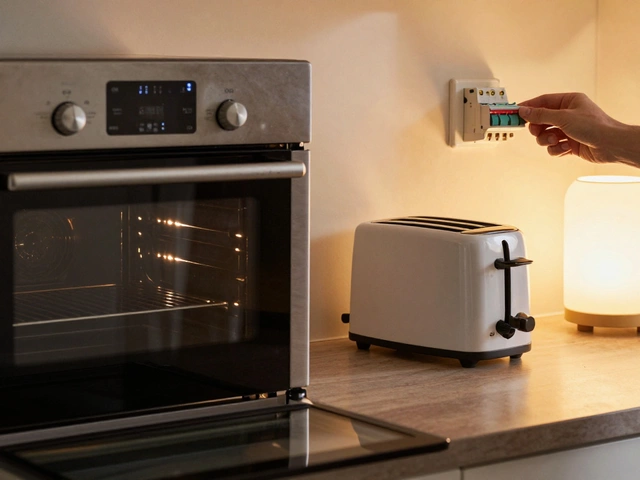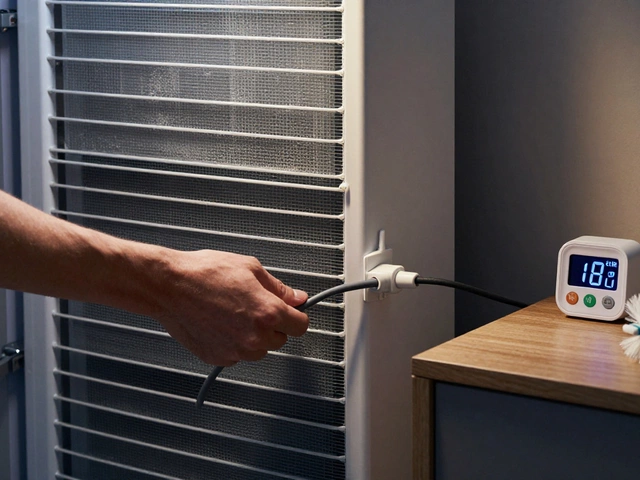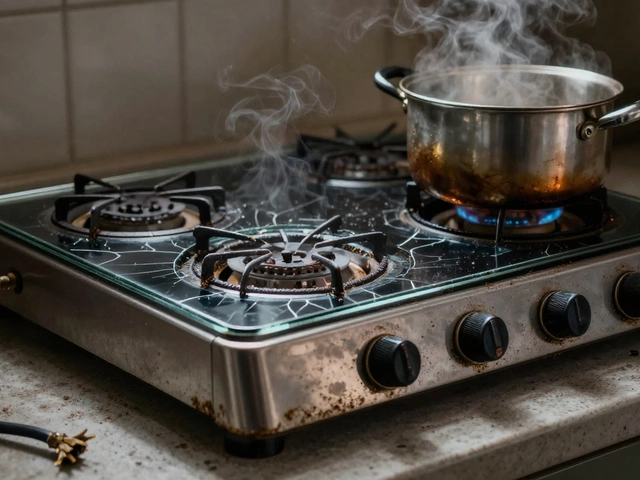Water Heater Leaks – What Causes Them and How to Fix Them
If you notice water pooling around your heater, you’re probably dealing with a leak. A leaking water heater can waste energy, damage floors, and even cause mold if ignored. The good news is many leaks have easy fixes, and you can often stop the problem before it gets serious. Below we break down the most common reasons for leaks, quick steps you can take yourself, and when it’s time to call a professional.
Common Reasons Your Water Heater Leaks
First, understand where the water is coming from. The most frequent sources are the pressure‑relief valve, the temperature‑and‑pressure (T&P) valve, the drain valve, and the tank itself. A loose or corroded valve will drip, while a crack in the tank usually means the unit needs replacement. Leaks at the inlet or outlet pipes often result from loose fittings or worn‑out pipe threads.
Another hidden culprit is the anode rod. When the steel rod that protects the tank corrodes, it can create tiny holes that let water escape. Sediment buildup at the bottom of the tank can also cause overheating, leading to a bulging or cracked tank over time. If you’ve had a hard water supply, mineral deposits can accelerate these problems.
DIY Steps to Stop a Leak
Start by turning off the power or gas to the heater and shutting off the cold‑water supply. Drain the tank by opening the drain valve and letting the water flow into a bucket or floor drain. While the tank is empty, tighten any loose connections with a wrench—don’t over‑tighten, as that can crack plastic threads.
If the leak is coming from the T&P valve, you can replace it with a new one from any hardware store. Make sure the new valve matches the rating of your heater. For a leaky drain valve, simply replace the washer inside the valve; it’s a cheap fix that stops the drip instantly.
When you suspect a cracked tank or a corroded anode rod, it’s best to call a professional. Attempting to patch a tank is risky and usually only a temporary measure. A qualified technician can assess the overall condition, replace the tank if needed, and ensure the new unit is installed safely.
Regular maintenance helps prevent leaks. Flush the tank once a year to remove sediment, check the pressure‑relief valve for proper operation, and inspect the anode rod every two years. These quick checks cost a few minutes but can save you hundreds on water damage and replacement costs.
If you’re in Weymouth and need a reliable hand, our team at Weymouth Appliance Repair Services can diagnose the leak, perform the right repair, and give you a clear cost estimate. We’re quick, affordable, and ready to get your hot water back on track.
Bottom line: a water heater leak isn’t always a disaster. Identify the source, try the simple fixes above, and call a pro if the tank itself is damaged. With a little vigilance, you’ll keep your home dry and your showers hot.
Identifying Common Water Heater Leak Points and Solutions
- Alden Wilder
- Dec 21 2024
- 0 Comments
Leaking water heaters can be a major headache and potential hazard in your home. This article dives into the most likely places a water heater might spring a leak, helping you identify these weak spots before they lead to bigger problems. With practical tips and insights, you'll learn how to pinpoint issues early and possibly tackle them yourself. Whether it's the drain valve, pressure relief valve, or internal tank, knowing what to watch for can save time and money.
View More